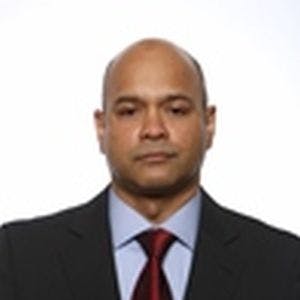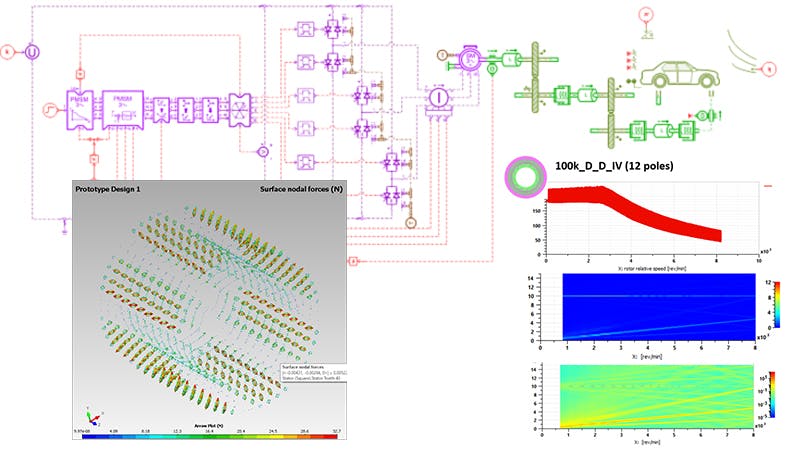電気機械は、最適な車両性能を保証するための重要な要素ですが、システムレベルのNVH性能に大きな影響を及ぼします。機械のトルク波形には、制御、出力、ノイズ、振動、および耐久性に影響を及ぼす高調波が含まれる可能性があります。
こうした問題を解決するには、包括的なプロセス (機械設計者がトルク / トルクリップルの設計トレードオフ / 最適化を行う、機械を車両レベル / 複数の忠実度で統合する、NVHチームとのコラボレーションを通じてさまざまな設計トポロジー / 制御戦略の影響を評価するなど) を実装する必要があります。
このウェビナーでは、シミュレーションを使用して電気機械の電磁 / 振動音響設計を改善し、性能、信頼性、および耐久性のレベルを向上させる方法について専門家が解説します。
電気モーターの設計を微調整して効率を改善し、ねじり振動を最適化
この45分間のセッションでは、次のソリューションを紹介します。
- トルクリップルを抑制しながら、機械設計の効率を最適化
- さまざまな忠実度の機械モデルを作成してエクスポートし、システムレベル / NVH解析を実行
- 電気機械をドライブラインに統合したときのねじり振動への影響をチェック
- 機械制御を最適化してねじり振動を抑制
- 概念設計段階に電気モーターのノイズを評価し、システムの感度を特定
講演者の紹介
講演者の紹介

Stefano Orlando
技術エキスパート
Stefano Orlandoは、シーメンスデジタルインダストリーズソフトウェアに入社以来12年間、エンジニアリング&コンサルティングサービス部門で複数の職種を経験してきました。現在は、車体の概念設計と電気パワートレインのNVHに関連する新技術 (電気モーターの初期段階のBiW概念設計とNVH特性評価、積層構造の高度CAEモデリング、シミュレーションプロセスを効率化するモデル次数削減など) の開発、展開を担当する技術責任者です。

Tanvir Rahman
Product Manager, Electric Machines
Tanvir has worked extensively on the design and development of electric motors for the last 12 years as a product manager, researcher, software developer, and application engineer. Between 2013 and 2016, Tanvir worked as a research engineer at McGill University’s Computer and Electrical Engineering Department in the Automotive Partnership Canada (APC) project. He worked with industrial partners to deliver R&D results for commercial development. Tanvir obtained his Ph. D. in computational physics from McGill University in 2006.

Stefano Orlando
Technical Expert
Stefano Orlando has been with Siemens Digital Industries Software for 12 years, working in various roles in the Engineering and Consulting services division. He is currently a technical expert responsible for developing and deploying new technologies related to car body concept design and NVH for e-powertrains, including early stage BiW concept design and NVH characterization of e-motors, advanced CAE modeling of laminated structures, model order reduction techniques for improving simulation process efficiency, etc.
